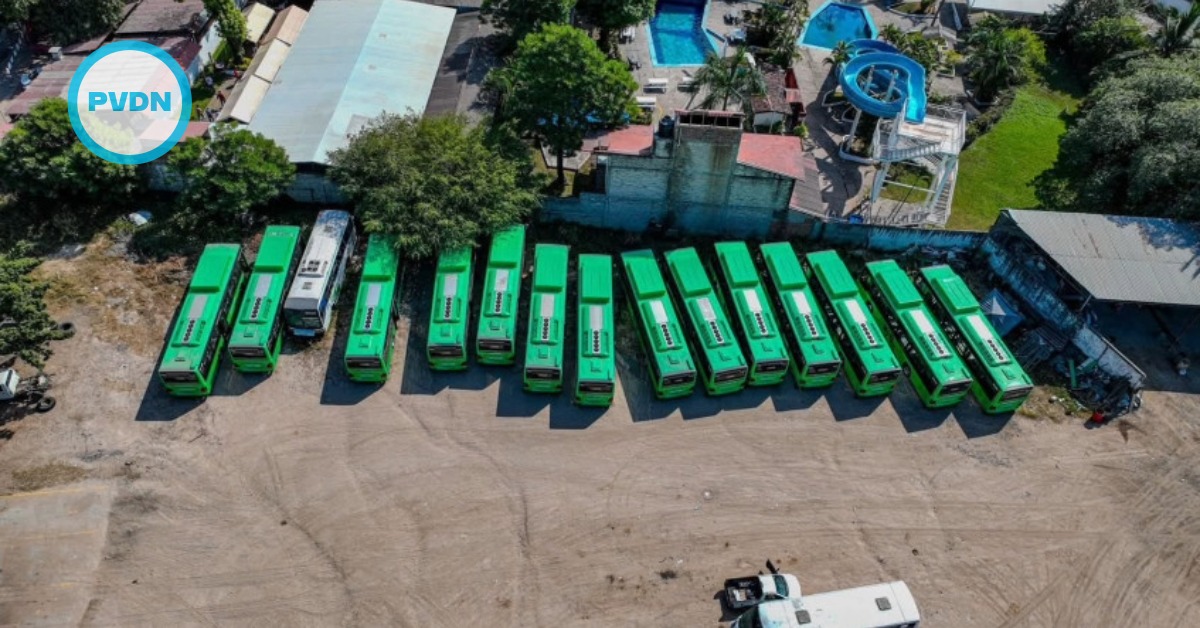A new report shows vertical housing demand in Mexico is rising, but new developments fail to meet buyers' budgets. Resale properties see a 19.6% spike as developers overlook real demand.
Demand for housing in Mexico continues to grow, but new vertical developments aren’t keeping pace with what buyers can actually afford. That’s the central takeaway from the 2025 Great Verticalization Report by 4S Real Estate, which reveals a mismatch between soaring demand and the type of housing entering the market.
According to the report, overall housing . . .







